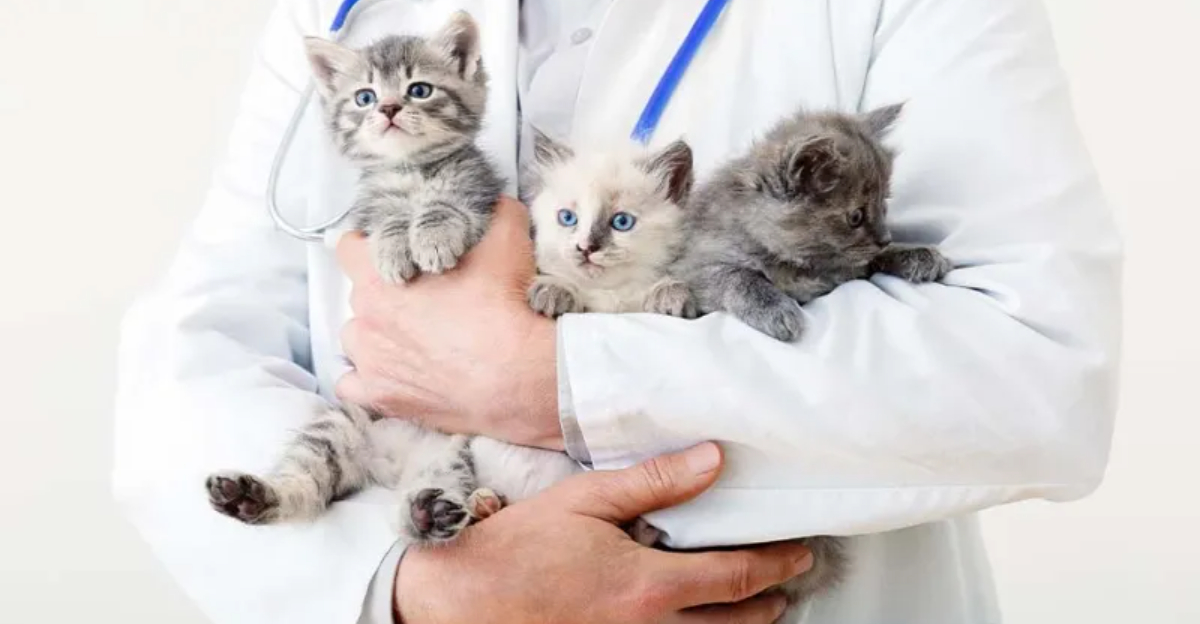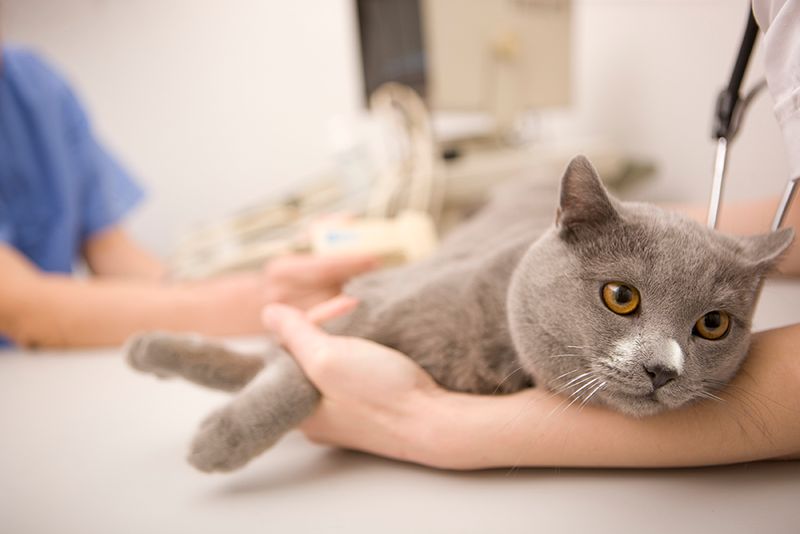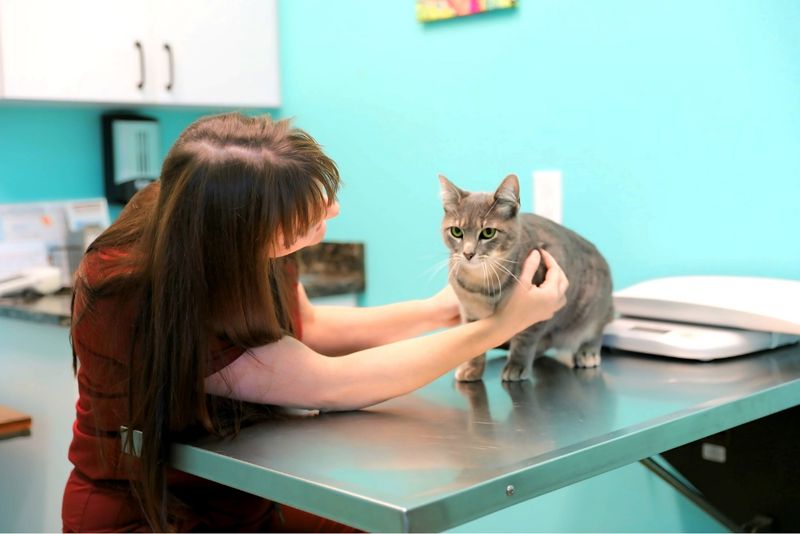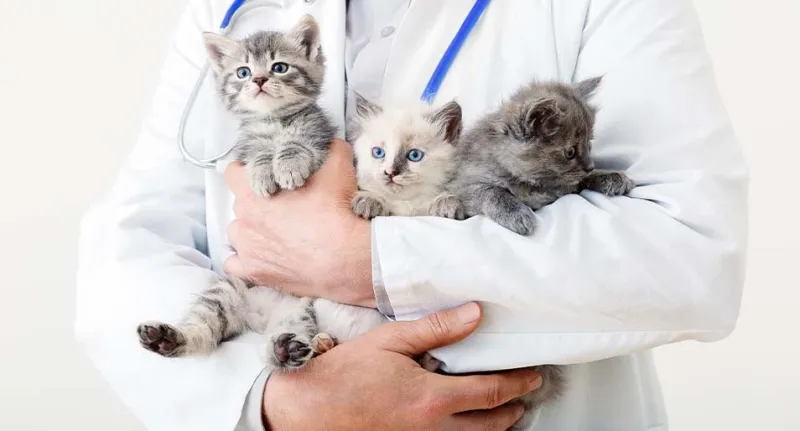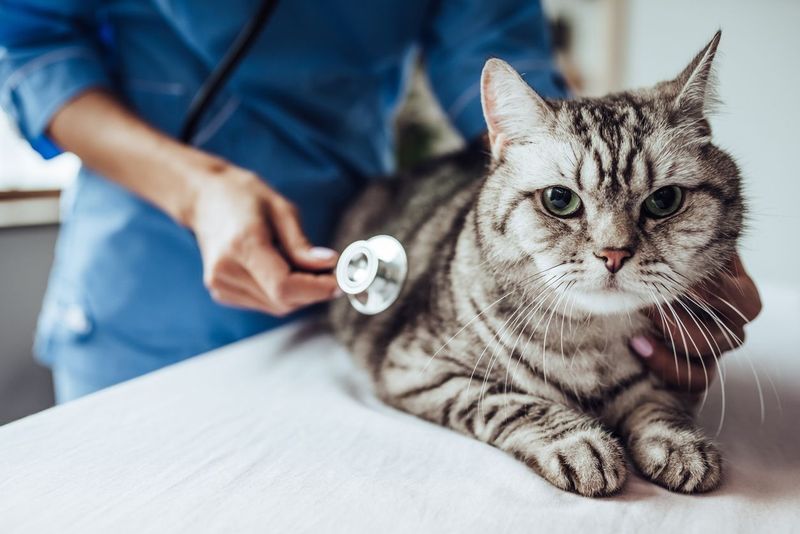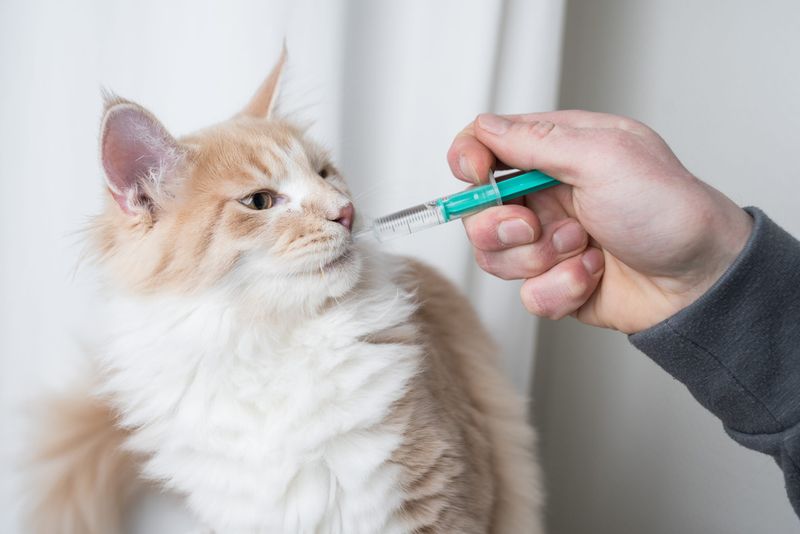📖 Table of Content:
Taking your cat to the vet isn’t always easy—for you or your feline friend. Between the carrier battle, the meows of protest, and the stress of unfamiliar sights and smells, a simple checkup can feel like a full-on mission. But regular vet visits are essential to keeping your cat healthy, catching issues early, and ensuring a long, happy life. That’s why preparing ahead and knowing what to expect can make all the difference.
Many cat owners walk out of the vet’s office feeling unsure—Did I ask the right questions? Did we cover everything? Should I have mentioned that new behavior? A vet visit is more than just a weigh-in and a few shots; it’s your opportunity to check in on your cat’s total well-being. With a little planning, you can make the most of the time with your veterinarian and ensure your cat gets the best care possible.
From pre-visit prep to follow-up care at home, these tips will help reduce stress, boost communication with your vet, and leave you feeling confident and informed. Let’s dive in—your cat’s health is worth it.
1. Go in with a Plan
When preparing for a vet visit, plan like you’re solving a mystery. Is your cat eating differently or hiding more? Jot down anything peculiar. Think of changes in diet or behavior. Maybe you’ve noticed a new grooming habit or a shift in energy levels. These notes act as clues for your vet. With specifics in hand, you empower your vet to connect the dots. Never underestimate the power of a well-prepared parent! Your attention to detail can reveal patterns that lead to better-tailored care for your kitty.
2. Bring Videos or Photos
Ever notice how your cat becomes a world-class actor at the vet, hiding their symptoms? Capture real-life episodes on video. Whether it’s a quirky limp, that odd cough, or a peculiar bathroom habit, these recordings offer invaluable insight. A picture (or video) is worth a thousand words, especially when it comes to elusive feline behaviors. Your phone becomes a tool of diagnosis, bridging the gap between home and clinic. Vets appreciate these visual aids, helping them see the full picture and context.
3. Review Wellness Plans and Preventive Care
Wellness plans are not just fancy checklists. They’re health roadmaps. Familiarize yourself with your cat’s plan. Discuss vaccines, dental cleanings, even parasite control. Ask about bloodwork, especially if your cat’s a golden oldie. Early detection is key in managing chronic conditions like kidney or thyroid issues. Making sense of these plans can feel overwhelming. But like a GPS for health, they guide you and your vet through necessary procedures and check-ups. Remember, small steps today prevent giant leaps tomorrow.
4. Discuss Breed-Specific or Age-Related Concerns
Each cat is unique, with its own set of quirks. Maine Coon or Sphynx, young or mature, breed and age bring specific concerns. Are there particular conditions you should be aware of? What’s typical for your feline’s breed and age? Your vet’s insights can be eye-opening. An in-depth chat about potential issues equips you with knowledge. Consider it as understanding the owner’s manual of your cat. Armed with this information, you’re better prepared to navigate the ups and downs of your cat’s life journey.
5. Talk Behavior & Environment
Behavior is the window to your cat’s soul. Is your kitty packing on the pounds? Wondering how to introduce a new pet? Maybe you need tips to reduce household stress. These questions are more than casual chit-chat—they’re vital to your cat’s well-being. Your vet isn’t just a doctor; they’re a behavioral guru too. Conversations about your cat’s environment can unveil solutions to issues you didn’t know existed. By understanding their world, you become a better caretaker, fostering an environment where they can thrive.
6. Understand the Bill and Services
Bills shouldn’t be baffling. Ever wondered what those charges mean? Transparency is key. Ask for a breakdown of the costs. Every charge on that bill corresponds to a service or product your feline friend received. Are all those vaccines and tests necessary? Knowing this can help you make informed decisions without breaking the bank. Remember, vets are there to guide you, not just treat your pet. A clear understanding of services ensures your cat receives quality care within your budget. Knowledge is power—and savings!
7. Plan for the Future
Future planning isn’t just for humans. When should you return for a follow-up? What symptoms need urgent attention? Knowing these can save you panic trips. Establish a communication line for after-hours concerns. It’s like having a health compass for your cat. Regular check-ins ensure your cat’s health journey stays on course. A stitch in time saves nine, as they say. By asking these questions, you’re laying a solid foundation for ongoing care. Keep a diary or use reminders—your future self will thank you.
8. Ask for Educational Resources
The internet is vast—and sometimes misleading. Vets are treasure troves of reliable information. Ask them for vet-approved websites or handouts. Curious about feline nutrition, behavior, or health? They’ll point you in the right direction. Seeking knowledge is the first step to empowered pet care. Educational resources can clarify myths and provide practical advice. A well-informed owner is a cat’s best ally. So, embrace this learning opportunity and become the expert your cat thinks you are.
